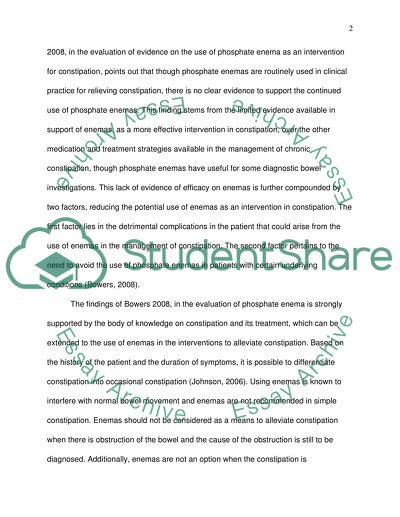Cite this document
(“ENEMA in Relieving Constipation Essay Example | Topics and Well Written Essays - 1000 words”, n.d.)
Retrieved from https://studentshare.org/other/1416934-enema-in-relieving-constipation
Retrieved from https://studentshare.org/other/1416934-enema-in-relieving-constipation
(ENEMA in Relieving Constipation Essay Example | Topics and Well Written Essays - 1000 Words)
https://studentshare.org/other/1416934-enema-in-relieving-constipation.
https://studentshare.org/other/1416934-enema-in-relieving-constipation.
“ENEMA in Relieving Constipation Essay Example | Topics and Well Written Essays - 1000 Words”, n.d. https://studentshare.org/other/1416934-enema-in-relieving-constipation.


